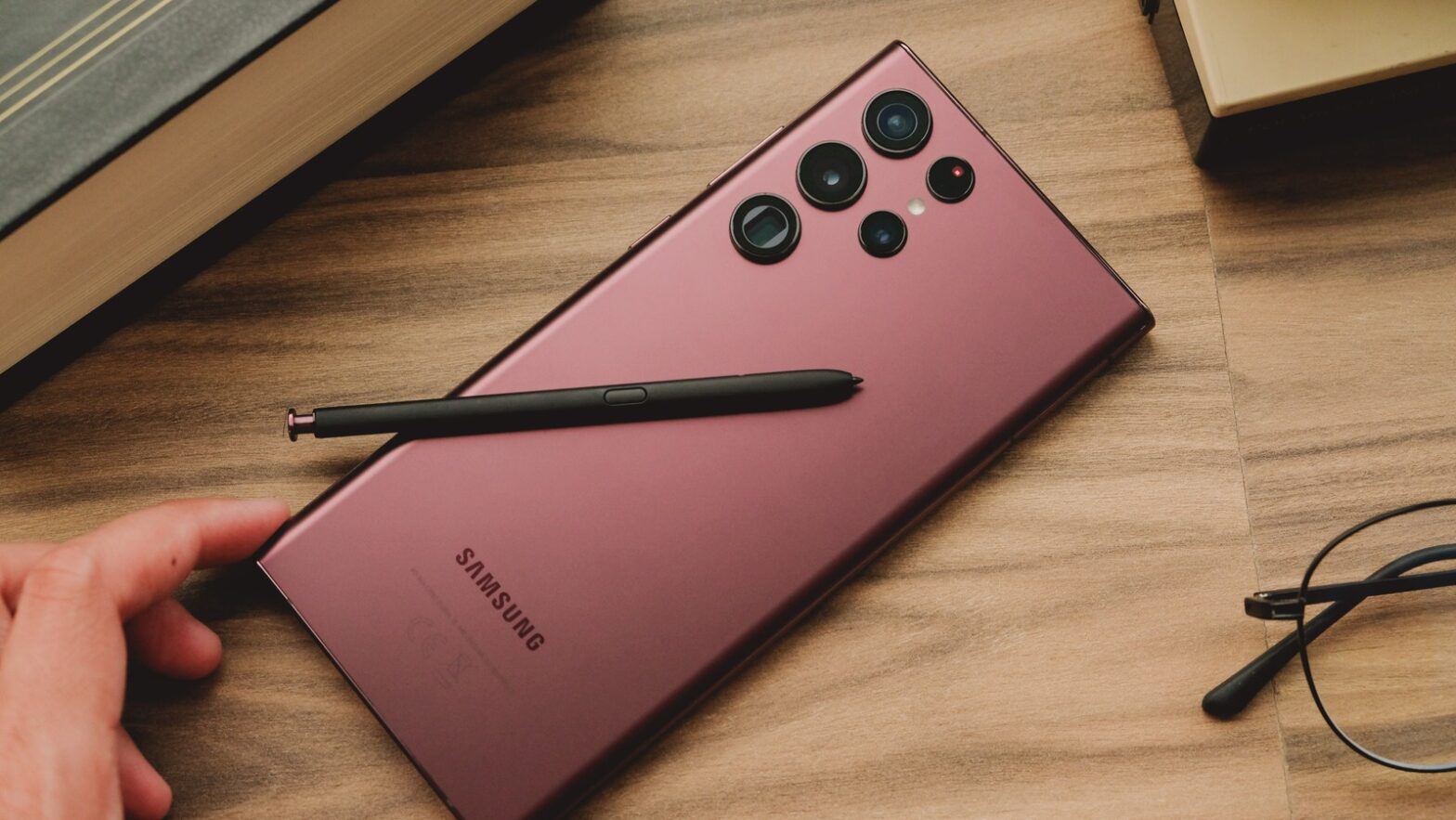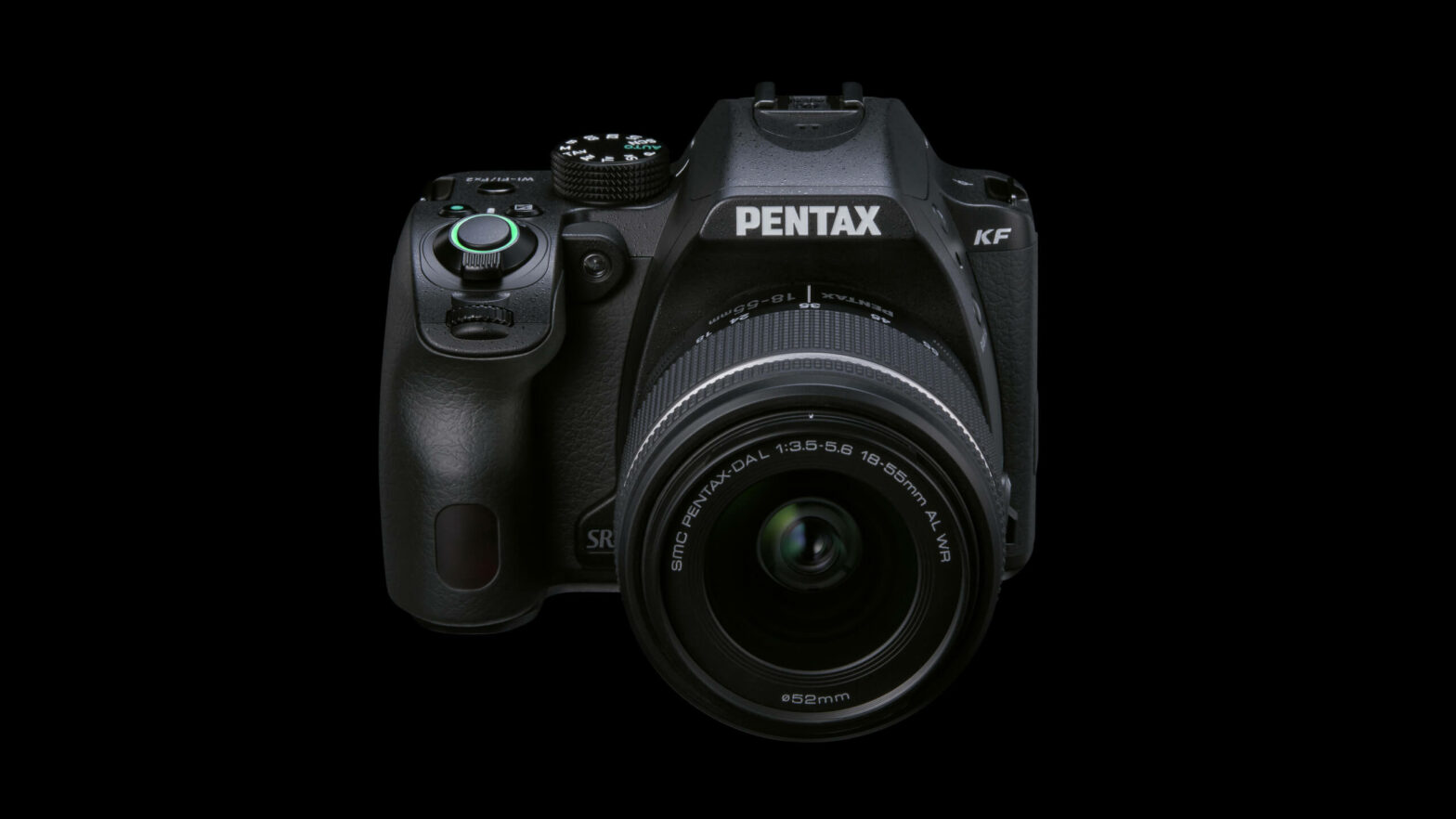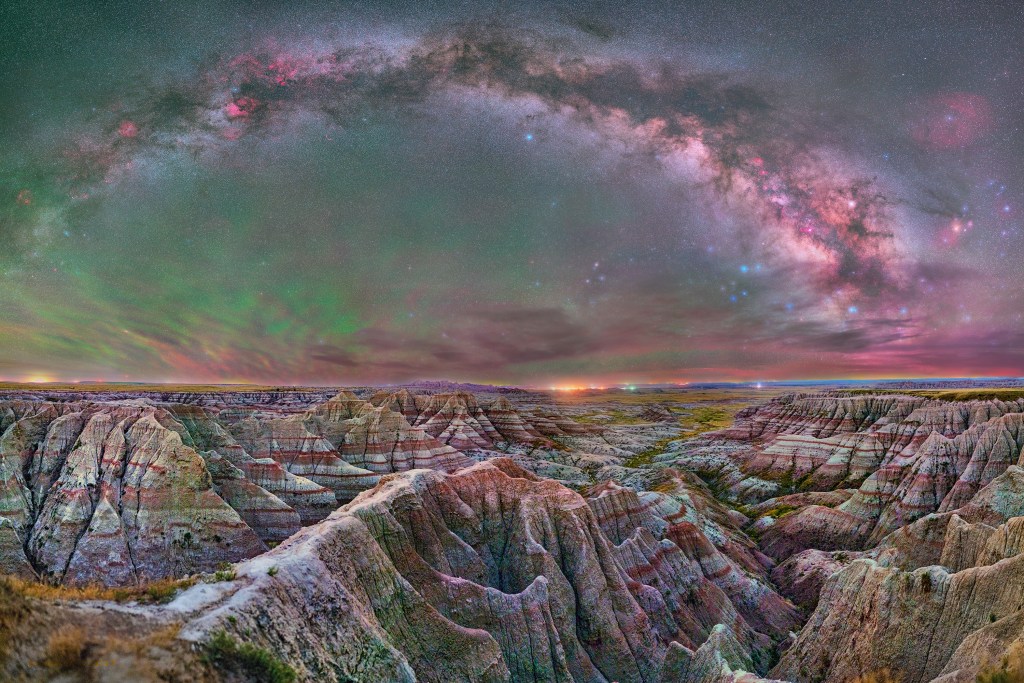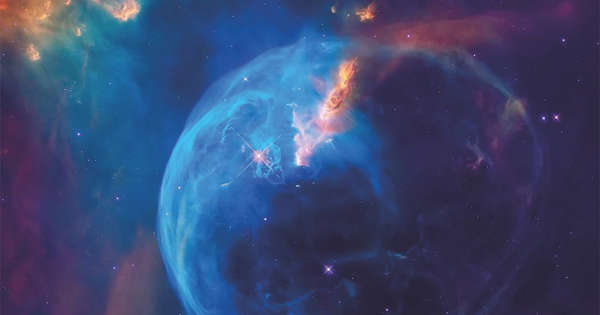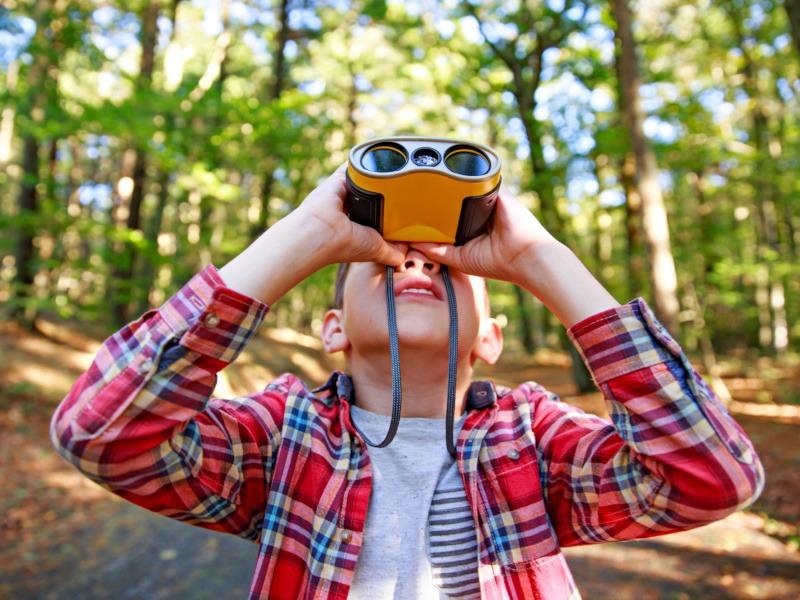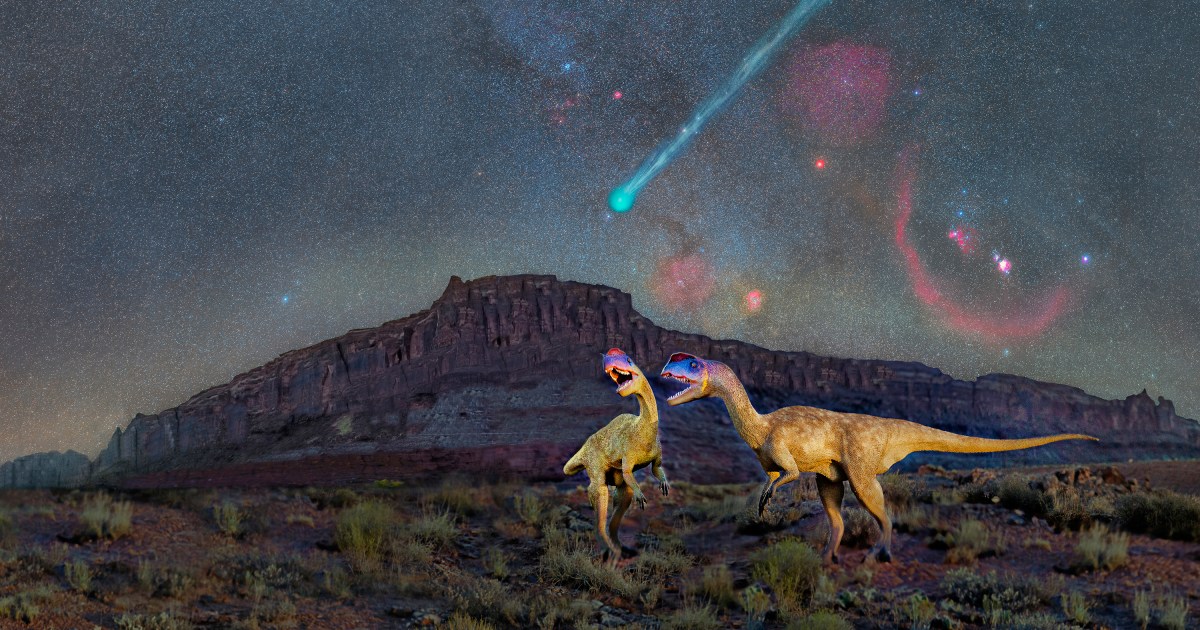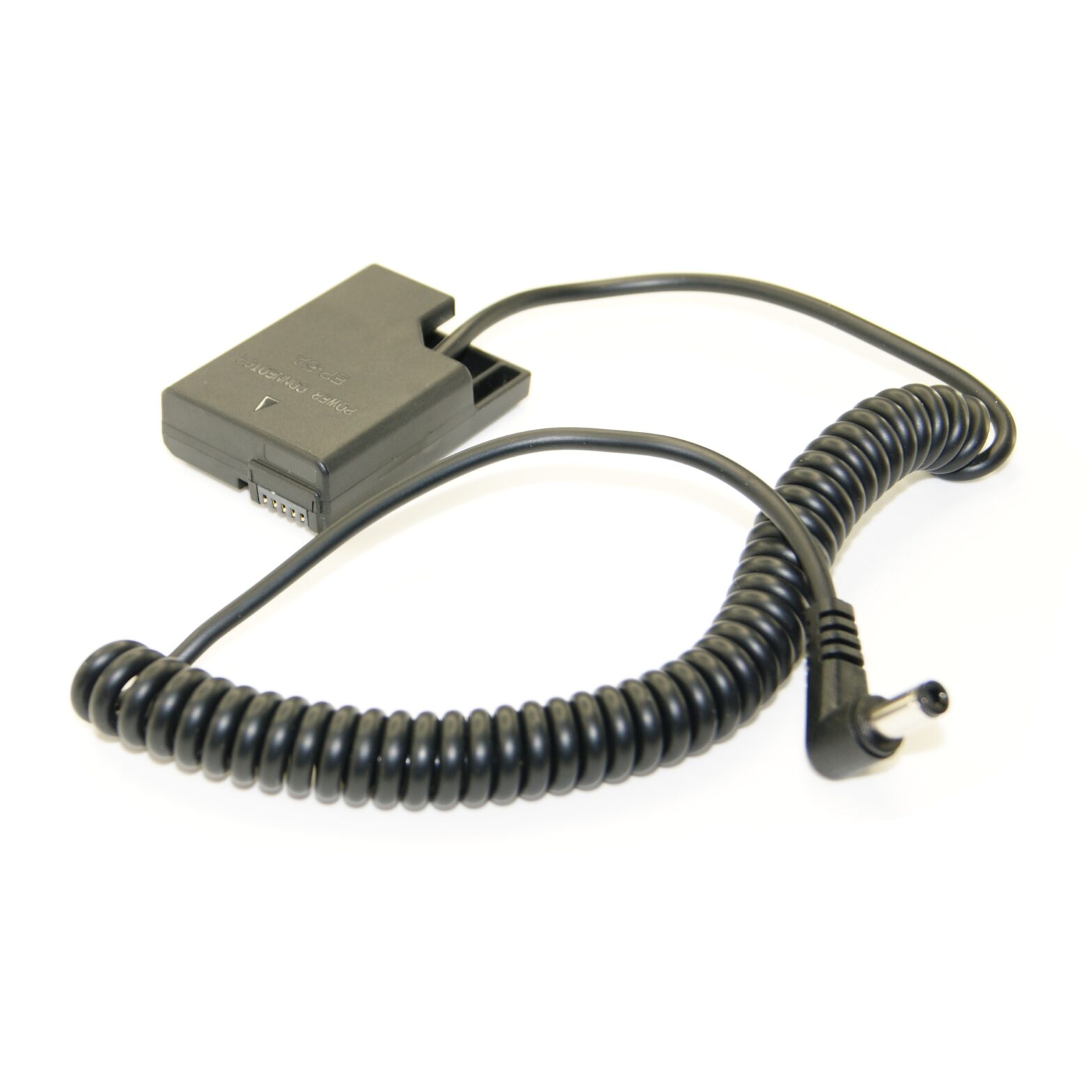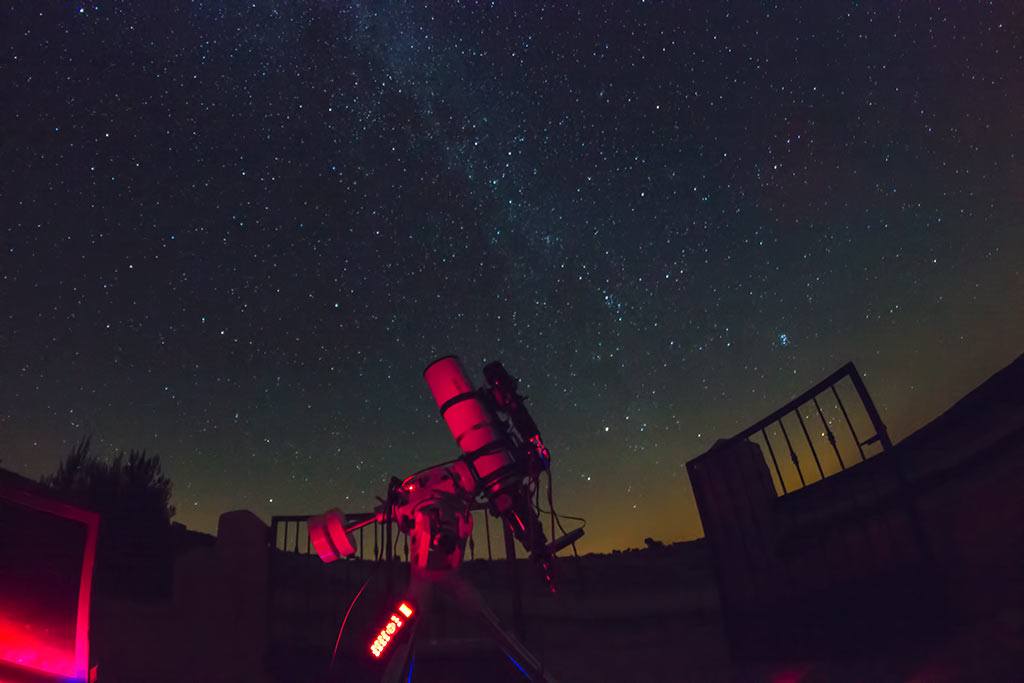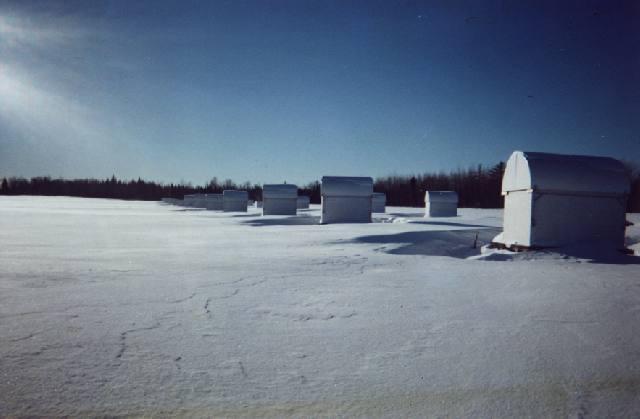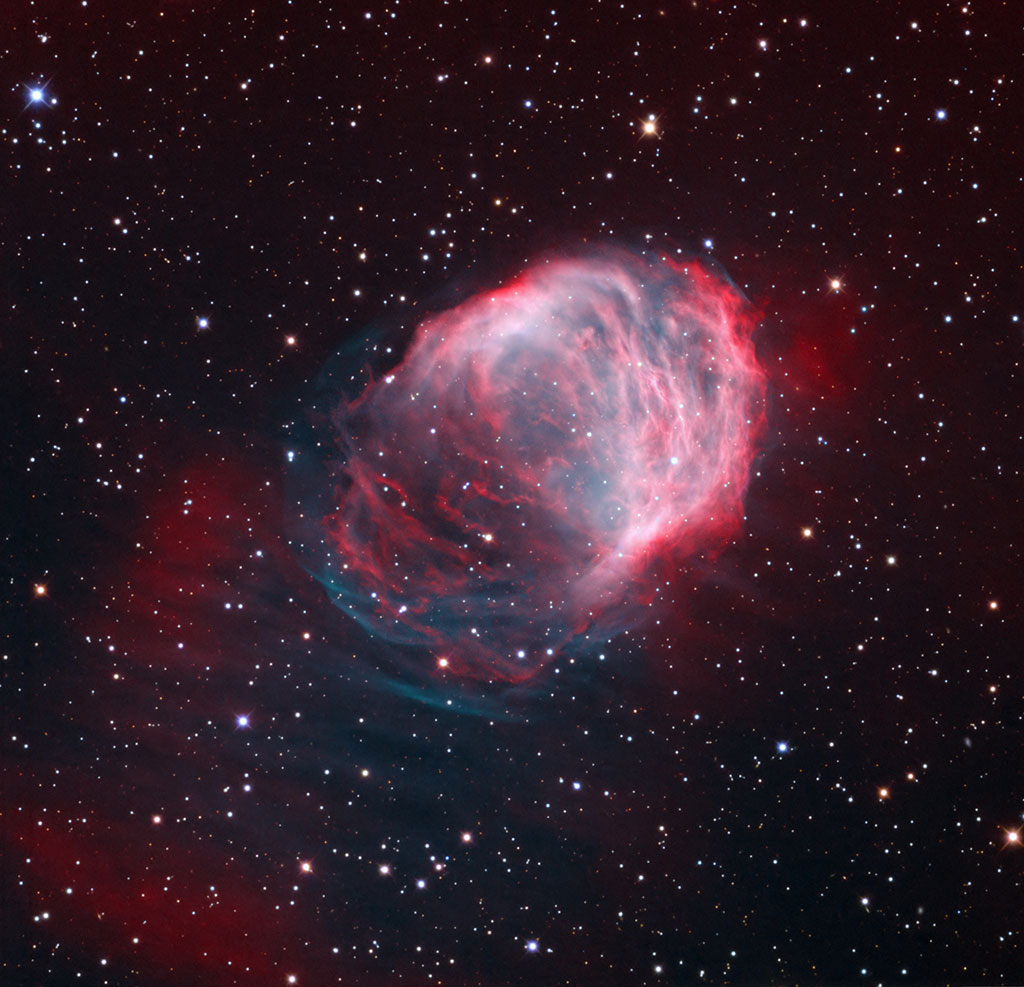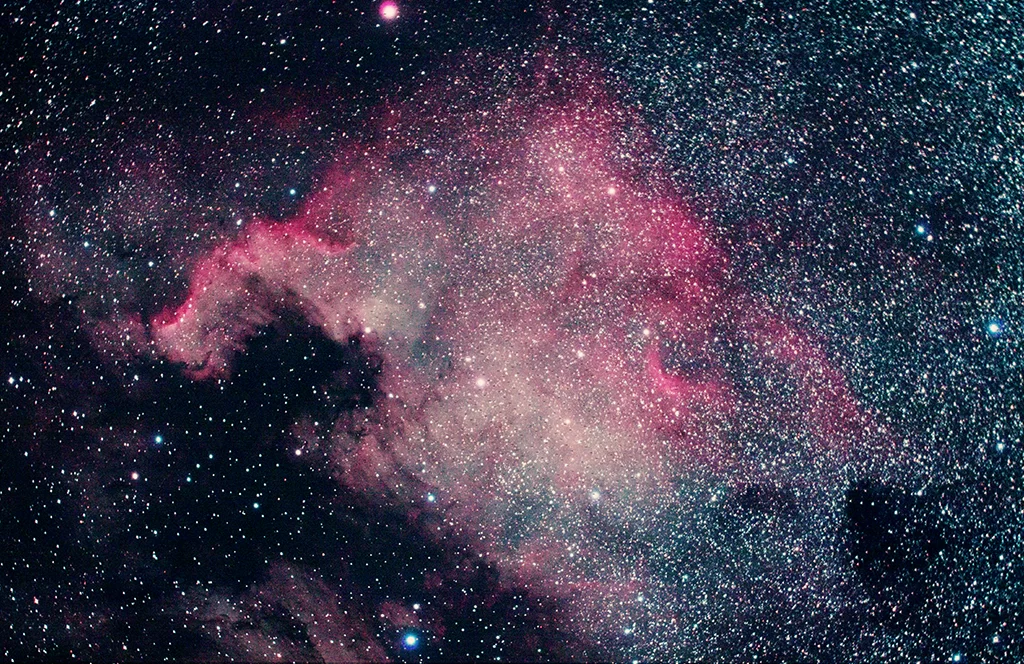Ricoh Imaging Americas Corporation recently announced the PENTAX KF digital SLR camera. This compact, dust-proof and weather-resistant DSLR camera, optimized for all types of outdoor photography, provides a host of advanced, user-friendly features including a bright optical viewfinder, one of the benefits of DSLR shooting.
The PENTAX KF is designed to provide outstanding imaging performance in a rugged, highly portable body. It provides dependable, cold-proof performance down to temperatures as low as 14°F (-10°C), performing superbly in a wide range of weather conditions. While considered a mid-range model, the new camera incorporates an array of advanced functions and user-friendly features usually found only in higher-end models including a pentaprism-type optical viewfinder with a nearly 100% field of view and an in-body shake-reduction system with a 4.5-shutter-step compensation. It also provides the double e-dial system identical with top-of-the-line PENTAX models, as well as PENTAX-original shooting features, such as the Hyper Program system, which allows the user to instantly switch the exposure mode from Program to Aperture-priority or Shutter-priority without taking his or her eye off the viewfinder.
Main features of the PENTAX KF
1. Super-high-resolution with approximately 24.24 effective megapixels, even at ISO 102400
A state-of-the-art CMOS image sensor with approximately 24.24 effective megapixels and high-speed 14-bit image data readout, combined with an AA-filter-free optical design, enables the PENTAX KF to deliver super-high-resolution images. The camera couples a high-performance accelerator unit with the high-speed PRIME MII imaging engine, effectively minimizing noise at all sensitivity levels and capturing richly gradated, fine-detailed images even at its top sensitivity of ISO 102400.
2. Dust-proof, weather-resistant body perfect for rugged outdoor photography
The PENTAX KF is a dependable performer even in such demanding settings as in the rain or at locations prone to dust and freezing temperatures. Its compact, easy-to-carry body features dust-proof, weather-resistant construction with 100 seals throughout the body and outstanding cold-proof performance at temperatures down to 14°F (-10°C). To make it easy to ensure a firm hold on the camera body with a gloved hand, the grip, control buttons on the back panel and mode dials have all been designed and contoured for optimum operability, ideal for active outdoor shooting — such as when mountain climbing or hiking or capturing sporting events. The brightness level of the PENTAX KF’s outdoor-friendly LCD monitor can be quickly adjusted to the lighting level of a shooting location. The camera also features a red-lighted monitor display function, which facilitates viewing in dark locations for astrophotography.
3. Clear-view optical viewfinder
Within its compact body, the PENTAX KF incorporates a glass prism finder featuring the same optics and coatings as those used in higher-level models. With its approximately 100% field of view and nearly 0.95-times magnification, the PENTAX KF’s viewfinder provides a large, clear view of the subject for quick, easy confirmation of focusing and framing.
4. Vari-angle LCD monitor for easy viewing from all angles
The PENTAX KF’s vari-angle LCD monitor allows the monitor to be positioned at the desired angle, making it easier to compose images in a wide variety of situations: high-angle shooting using outstretched arms, low-angle shots taken from ground level or astrophotography with the camera pointed upwards toward a star-filled sky. It also features unique, air-gapless construction, in which the air space between the high-definition LCD panel (with approximately 1,037,000 dots) and the protective cover has been filled with a special resin material to effectively reduce the reflection and dispersion of light for improved visibility during outdoor shooting.
5. PENTAX-original shake-reduction system with Pixel Shift Resolution System
(1) In-body SR mechanism
Using the built-in PENTAX-original SR (Shake Reduction) mechanism, the PENTAX KF effectively minimizes camera shake and delivers sharp, blur-free images, even in challenging, shake-prone conditions such as when using a telephoto lens, shooting low-light scenes with ambient light only, or photographing sunset scenes. Using a high-accuracy gyro sensor, it provides a compensation effect of 4.5 shutter steps, similar to top-of-the-line PENTAX models.
With a panning shot, the sensor mechanism automatically detects the direction of the camera’s movement and controls the SR unit to produce the best image possible.
(2) Pixel Shift Resolution System with motion correction function
The PENTAX KF features the Pixel Shift Resolution System,* which captures four images of the same scene by shifting the image sensor by a single pixel for each image, and then synthesizes them into a single, composite image. Compared to the conventional Bayer system, in which each pixel has only a single color data unit, this innovative system obtains all color data in each pixel to deliver super-high-resolution images with greater color accuracy and much finer details than those produced by conventional APS-C-size image sensors. This system even provides a motion correction function, which automatically detects a moving object during continuous shooting and minimizes negative effects during the synthesizing process in order to accommodate a wider range of scenes and subjects.
(3) Innovative AA filter simulator to minimize moiré
By applying microscopic vibrations to the image sensor unit at the sub-pixel level during image exposure, the PENTAX KF’s AA (anti-aliasing) filter simulator provides the same level of moiré reduction as an optical AA filter. Unlike an optical AA filter, which always creates the identical result, this innovative simulator lets the user switch the AA filter effect on and off, as well as to adjust the level of the effect. This means that the ideal effect can be set for a particular scene or subject based on the current photographic conditions.
(4) Additional special shooting functions
Since the PENTAX KF’s image sensor unit is designed to tilt in all directions, it provides a host of additional, special shooting functions, including ASTROTRACER, which simplifies advanced astronomical photography in combination with the optional O-GPS2 GPS Unit; and Auto Horizon Correction and Extra Sharpness functions.
6. Hybrid AF system for high-speed AF operation during Live View shooting
The PENTAX KF employs the Hybrid AF system during Live View autofocus operation. By positioning a contrast-detection AF sensor with superior focusing accuracy and a phase-matching AF sensor on the image sensor’s surface, this innovative hybrid system optimizes the benefits of both AF systems to assure high-speed, pinpoint AF focusing on the subject.
7. High-precision autofocus system with the SAFOX X module
The PENTAX KF features the high-precision SAFOX X AF sensor module, which assures responsive, dependable autofocus operation. With its 11 sensors including nine cross-type sensors in the middle, this AF module assures pinpoint focus on the subject at a minimum brightness level as low as -3 EV. It also assures outstanding AF tracking performance with moving subjects, enabled by advanced features such as the Select-area Expansion function, which automatically refocuses on a moving subject after it moves away from the initial point, with the help of the neighboring points; and an AF Hold function that maintains the initial in-focus point even when the module loses sight of the subject.
8. An array of image processing functions for diversified photographic expression
The PENTAX KF provides the PENTAX-developed Custom Image function, which lets the user process an image with the desired finishing touch to express the creative intention, or to suit the particular scene. This function provides 14 Custom Image modes, including: SATOBI, which reproduces the colors to resemble those of pictures in the 60s and 70s, with cyan-tinged blues, subdued yellows and faded reds; Bleach Bypass, which recreates the distinctive, high-contrast look of movie film; and Cross Processing, which adds fantastic, unusual colors to captured images. In combination with PENTAX Limited-series lenses, which are popular for their distinctive image renditions, the PENTAX KF also provides special-edition Custom Image modes KYUSHU and KATEN.
9. A host of interval shooting functions
The PENTAX KF provides a host of advanced interval shooting functions, including: 4K-resolution Interval Movie, which allows recording a series of still images at a fixed interval and then linking them together into a single 4K-resolution movie file; Star Stream Movie, which enables recording the traces of stars or illuminations on a 4K-resolution movie file; and Interval Composite, which synthesizes a composite image with a choice of three synthesis modes (average, additive and comparative).
10. Wireless LAN connection to support smartphone operation
The PENTAX KF provides a host of wireless LAN (Wi-Fi) functions to support operations using smartphones and tablet computers. By installing the dedicated Image Sync application on a smartphone or tablet, the user can remotely check the Live View image, capture still images, and adjust such camera settings as aperture, shutter speed and ISO sensitivity to the desired level through the mobile device. It is even possible to download captured images onto a mobile device for easy uploading onto social networking service websites.
11. Other features
- 77-segment multi-pattern metering system for high-precision light metering
- DR (Dust Removal) mechanism to remove dust from the surface of the CMOS image sensor
- High-speed shutter unit with a top speed of 1/6000 second, and high-speed continuous shooting function at a top speed of approximately six images per second
- Self-timer function, compatible with the continuous shooting function
Pricing and availability
The PENTAX KF DSLR will be available starting in late November 2022 at www.us.ricoh-imaging.com as well as at Ricoh Imaging-authorized retail outlets. The PENTAX KF black camera body only has a manufacturer’s suggested retail price of $849.95; the PENTAX KF black camera body with SMC PENTAX DA L 18-55mm F3.5-5.6 AL WR lens Kit has a manufacturer’s suggested retail price of $949.95.
In addition to the standard black body camera, two special-edition color models — crystal blue and crystal white — will be available worldwide in a limited quantity of 700 units each. These will be available in late November only at www.us.ricoh-imaging.com for the manufacturer’s suggested retail price of $899.95.


